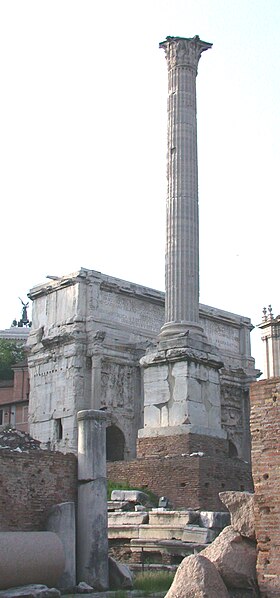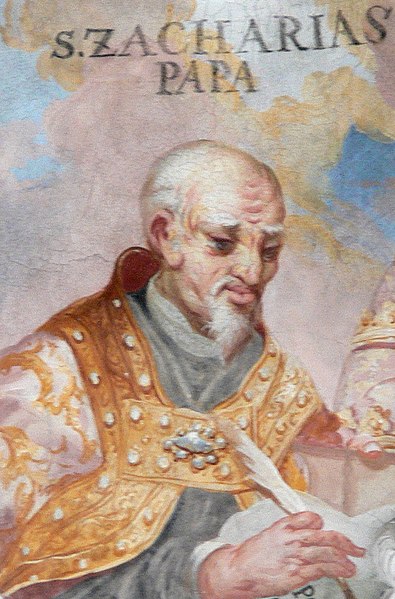Pope Constantine was the bishop of Rome from 25 March 708 to his death. One of the last popes of the Byzantine Papacy, the defining moment of his pontificate was his 710/711 visit to Constantinople, where he compromised with Justinian II on the Trullan canons of the Quinisext Council. The city's next papal visit occurred in 1967.
Constantine refused to accept coins minted with the image of Philippicus.
The Byzantine Papacy was a period of Byzantine domination of the Roman Papacy from 537 to 752, when popes required the approval of the Byzantine Emperor for episcopal consecration, and many popes were chosen from the apocrisiarii or the inhabitants of Byzantine-ruled Greece, Syria, or Sicily. Justinian I reconquered the Italian peninsula in the Gothic War (535–554) and appointed the next three popes, a practice that would be continued by his successors and later be delegated to the Exarchate of Ravenna.
The Basilica of San Vitale in Ravenna, consecrated in 547, combines Western and Byzantine elements.
The Column of Phocas, the only extant public monument erected in seventh-century Rome by the Byzantines
Pope Martin I was abducted by Constans II and died in exile.
Pope Zachary was the last pope of Greek extraction and the last to seek imperial confirmation of his election.





